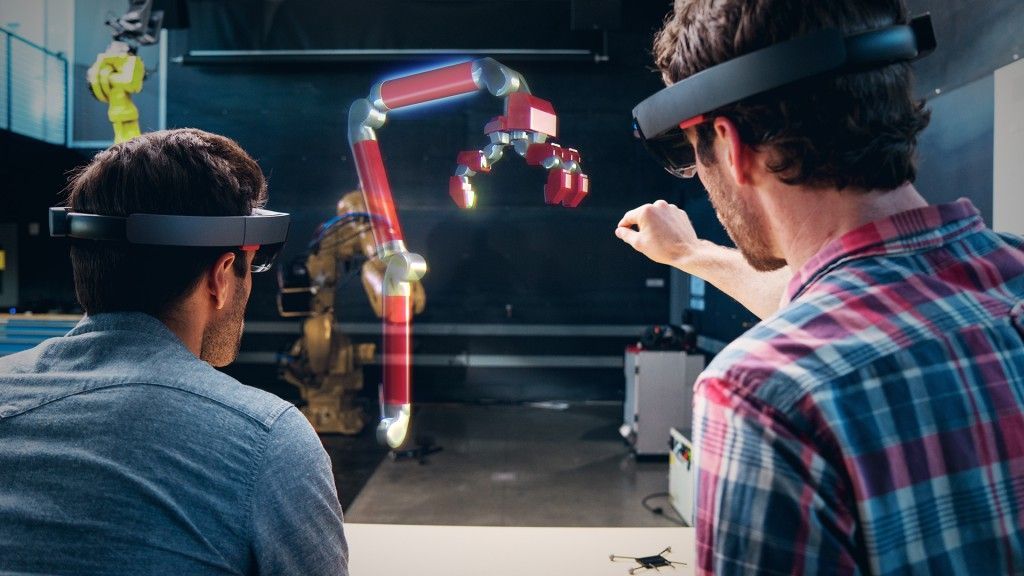In the coming months, the world of the web will be “overwhelmed” by 5G, the next-generation network that will replace the current 4G: a real revolution
The history of mobile browsing is marked by the Gs, the connection quality standards that have come and gone on our mobile devices over the last twenty years. In the beginning was 2G (GSM), the network that accompanied the spread of cell phones in the early 2000s. As of 2017, 2G gradually made way for 3G to make smartphone browsing and connecting apps faster. 3G was in turn overtaken by 4G, the standard that launched the online streaming and messaging services in use on most devices today. In the transition from one generation to another, there has always been a linear development: 3G has been the evolution of 2G in terms of stability and connection speed, just as 4G has surpassed its “predecessor” in terms of download, upload and data transmission capacity. Today, however, history is about to change. Starting in the coming months, the world of the web will be “overwhelmed” by 5G, the next generation network that will supplant the current 4G.
This is a real revolution because – unlike what has happened so far – the improvement will not be linear. It will be exponential: “5G is different from previous generations – explains Antonio Capone, professor of the department of Electronics, Information and Bioengineering of Politecnico di Milano – because it doesn’t try to improve only the speed of information transfer but it tries to improve other performance parameters, such as, for example, energy consumption, reliability and delay of services using the network. You could say that 5G is no longer an infrastructure that provides pipes through which to pass bits, as we have always understood the network, but it is something new, a platform that allows those who use it to rest applications on it as well.”
Read also —> 5G and coronavirus: enough fake news, let’s make it clear
5G: the revolution that does not hurt your health
The new platform for mobile navigation will therefore be super-efficient, superfast and wireless fiber converged. Thanks to 5G we will be able to send data at speeds unreachable today and we will be able to permanently connect many more PCs, smartphones and sensors, simultaneously and in the same area. All owners of smartphones, smartwatches and tablets will be able to experience the benefits of the new network. “Think of any service that is present in your life experience” – said Fabio Valvano, Big Data Solution Architect at Bizmatica, in a recent interview – “5G, the ability to exchange huge amounts of data very quickly and submit them instantly to Artificial Intelligence algorithms will change it radically”. As rewarding as it may be to watch a 4K stream or travel in a self-driving car, those who will benefit most from the 5G revolution will be industries.
In fact, the next-generation network will offer small, medium and large businesses many opportunities in crucial areas such as manufacturing, maintenance and logistics. First of all, 5G will allow to bring to completion the processes of automation of production already started by many industries. This will be possible thanks to the massive use of robots and artificial intelligence. The new generation network will be able to coordinate in real time a large number of machines and sensors, making possible an effective collaboration between man and machine. It is no coincidence that we talk about “collaborative robotics”, i.e. machines equipped with sensors that allow them to work alongside humans in total safety. Moreover, production lines can be adapted to meet specific needs as environmental sensors provide the operator with a wealth of information. All of this with a view to agile production, which changes quickly and always guarantees the highest quality standards.
A revolution is also coming to the world of logistics. In the warehouses and in the industrial areas, intelligent robots and able to “dialogue” among them will soon take the place of the warehousemen in flesh and bones. In Italy it has already happened. To Passo Corese, in province of Rieti, there is a warehouse Amazon (one of the most advanced to the World) that accommodates a unit managed only from robot. It is called “Robotic floor” and there work tens of small robots that pick up the goods from the shelf and deposit them in baskets destined to the conveyor belts. Humans are only allowed to enter the robotic area if an object falls (it rarely happens) or in case of a breakdown. The positions and paths of the robots are followed by a specialized technician through a tablet: thanks to the 5G network, the operator can change the trajectories, vary the speed of movement or stop all the robots in a fraction of a second. Even the so-called last-mile logistics – i.e. home deliveries – will be deeply renewed. Setting aside (at least in part) the complex and expensive deliveries by aerial drones, many companies will focus on small autonomous or remotely controlled four-wheeled devices. Robots and vehicles connected to the 5G network will be able to make deliveries moving with agility on the sidewalks of our cities.
Read also —> In China the first eco-sustainable, self-sufficient and smart city will be born
